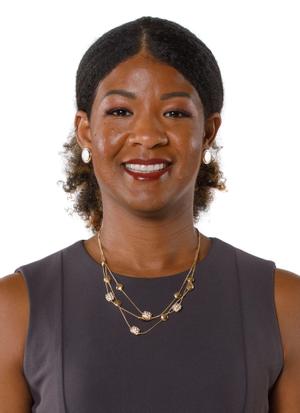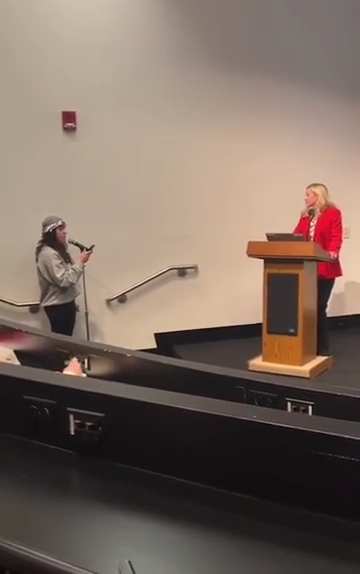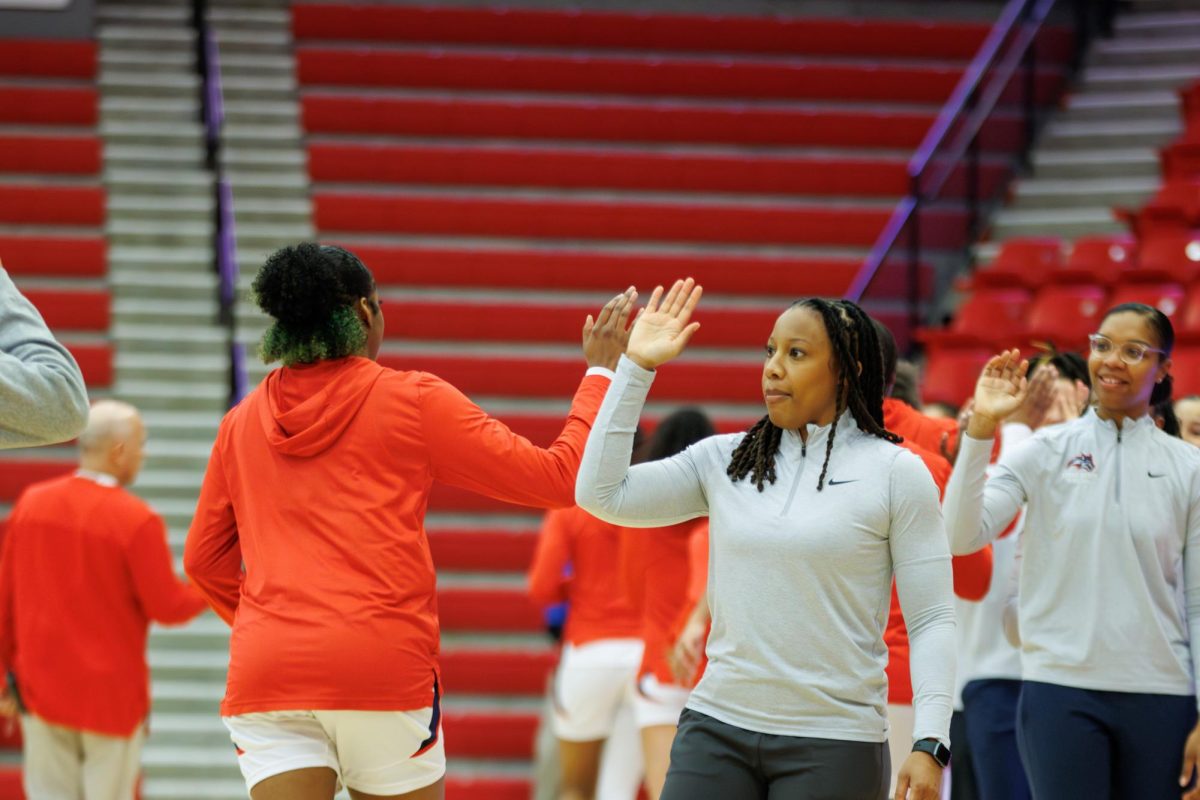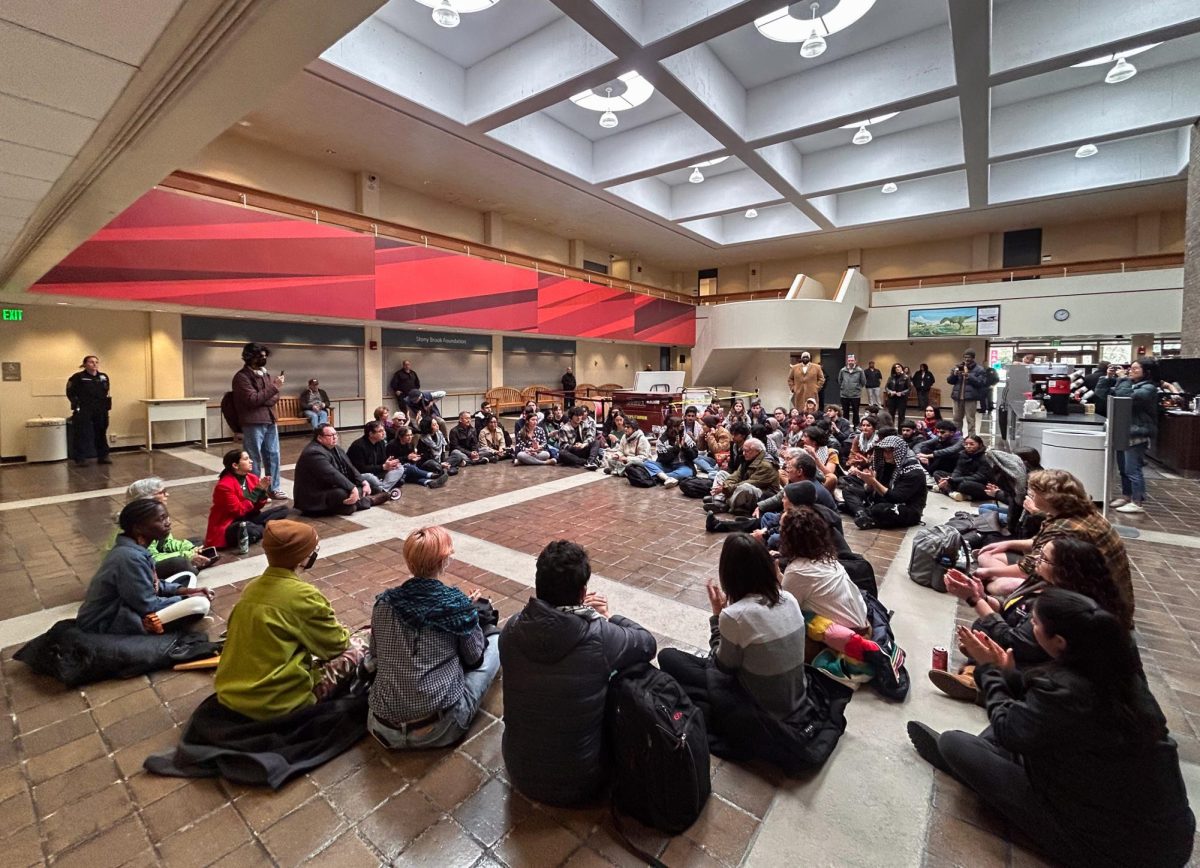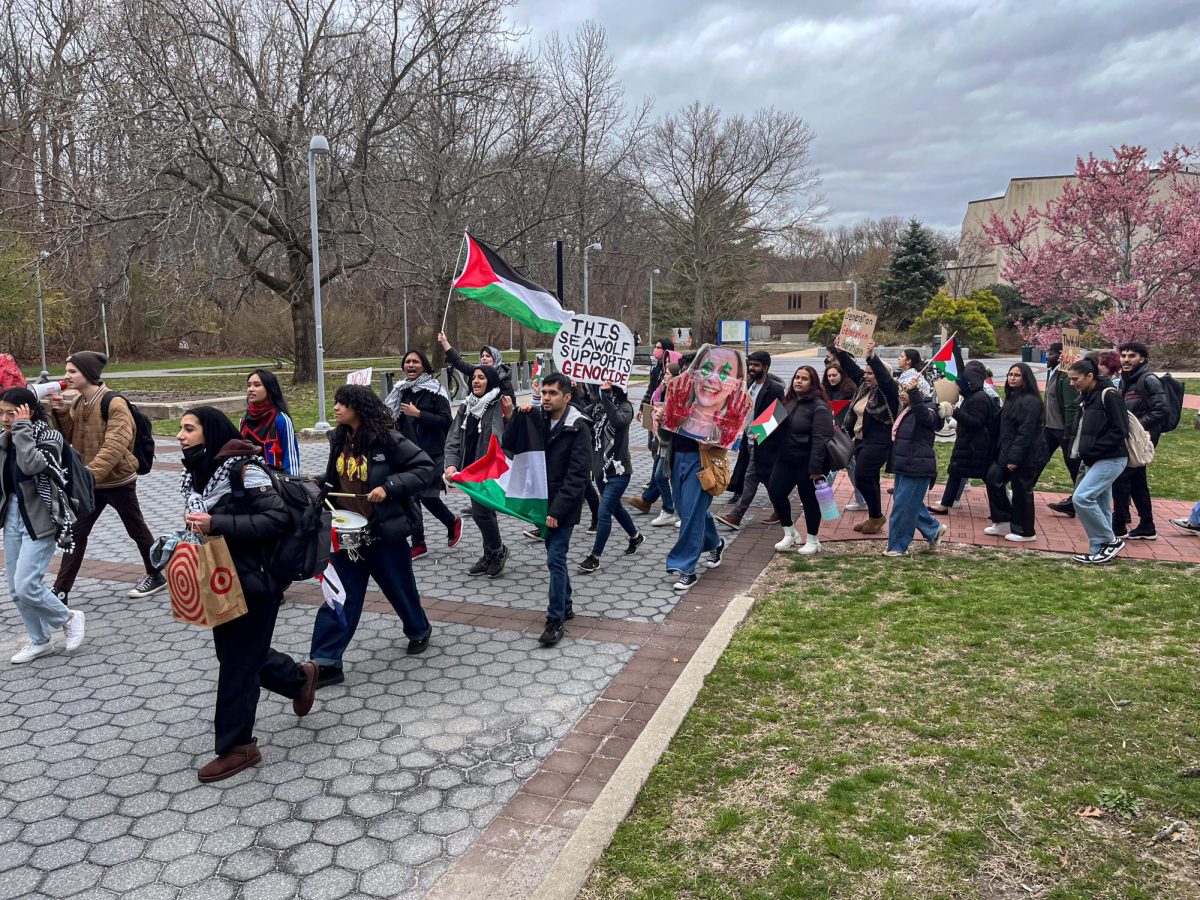
When Holland Blankenship, a senior biology major, heard about the first ever LGBT group being allowed to march in next year’s Saint Patrick’s Day Parade in New York City, she received the news with hesitation.
“I thought, ‘OK, good, that’s another baby step,’” she said. “But it’s simultaneously good and frustrating. We need laws.”
The vice president of Stony Brook’s LGBT Alliance’s response parallels the findings of a new Gallup survey—the American LGBT population still has a long way to go.
A study published by Gallup late this past August revealed that on average, LGBT adults report a lower well-being score than non-LGBT adults in five key areas: financial, physical, social, community and purpose.
“Importantly, these differences hold true even after taking into account the effects of gender, age, race and ethnicity, educational attainment, state of residence, and population density,” the study reads. From January to June of this year, about 3,000 LGBT adults and 81,000 non-LGBT adults were interviewed over the phone and told to answer on scales from zero to 100.
The largest discrepancy between the two groups was in the area of financial well-being. LGBT adults scored themselves an average of only 29, while non-LGBT adults reported an average score of 39.
In 2011, the National Gay and Lesbian Task Force and the National Center for Transgender Equality published a report called “Injustice at Every Turn,” which contained the results of the financial plight of transgender people.
Of the about 7,000 transgender people interviewed, respondents reported an average unemployment that was twice the rate of the general population. About 90 percent of those 7,000 also reported some sort of workplace harassment or discrimination.
“Nearly every system and institution in the United States, both large and small, from local to national, is implicated by this data,” the report read.
Another reason for the financial gap, especially among transgender people, is the expensive medical world they sometimes end up in.
“The transgender medical system is a confusing one that some people just don’t want to go into,” Blankenship, who prefers to go by Hol, said. “They feel their needs as trans won’t be acknowledged.”
According to lgbtmap.org, 52 percent of the LGBT population lives in states that do not prohibit employment discrimination based on sexual orientation or gender identity.
“But this phone system might have even filtered out the most financially disadvantaged LGBT adults,” John Martin said, a Stony Brook alumnus and a former president of the LGBTA club.
Hol added, “Some people are literally homeless because of their gender expression.” She said non-acceptance by families is probably one of the reasons why there is a six percentage point difference in social well-being between the groups.
Stressing the importance and benefits of a supportive family, Blankenship said the risks of depression settle in when there is a void in that area.
In the area of community well-being, Martin attributes the divide in part to blatant disrespect.
“It’s hard to find pride in a community when people don’t respect you,” Martin said.
According to Stony Brook’s Center for Prevention and Outreach website, there are a total of 24 unisex, single occupancy bathrooms on campus.
An ex-member of the LGBTA club, speaking with anonymity, said that while there are gender inclusive bathrooms on campus, they are remote and gas station-like.
“The university does a lot, but not enough. There isn’t enough money going into LGBT issues like this.”
LGBT women reported the lowest scores in the realm of physical health. Their average score of 24 is a whole 12 percentage points below non-LGBT women’s score.
“This mirrors larger problems against women as a whole,” Martin said.
But for LGBT women, Hol said, “The root of all evil is society not validating gender expression.” She said since the modern feminine body type is depicted as slender, curvy and busty, “people who want to feel validated will do X, Y, and Z to get people to accept them.”
In the last category, an overall sense of purpose, LGBT women again lag behind their non-LGBT counterparts by eight percentage points. LGBT adults as a whole report a lowly 33 to their neighbors’ 37.
“There are a lot of issues that don’t get airtime because they aren’t pretty,” Martin said, citing rampant suicide and homelessness problems. “Marriage isn’t enough to solve those problems.”










